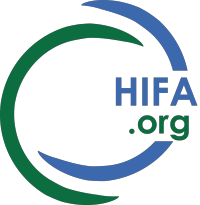CITATION: The Current State of Snakebite Care in Kenya, Uganda, and Zambia: Healthcare Workers' Perspectives and Knowledge, and Health Facilities' Treatment Capacity
Gaby I Ooms 1 2, Janneke van Oirschot 1, Benjamin Waldmann 1, Sophie von Bernus 1, Hendrika A van den Ham 2, Aukje K Mantel-Teeuwisse 2, Tim Reed 1
Am J Trop Med Hyg. 2020 Nov 23;104(2):774-782. doi: 10.4269/ajtmh.20-1078.
https://www.ncbi.nlm.nih.gov/pmc/articles/PMC7866361
ABSTRACT
Snakebites continue to be a public health concern in sub-Saharan Africa, where availability of appropriate medical treatment is rare, even though death and disability can be prevented with timely intervention. A challenge is the lack of sociopolitical studies to inform health policies. This study aimed to identify snakebite patient profiles, healthcare workers' (HCWs) knowledge of snakebite, and facilities' snakebite treatment capacity in Kenya, Uganda, and Zambia to inform interventions to improve access to appropriate treatment.
The research comprised a cross-sectional key informant survey among HCWs from health facilities in Kenya (n = 145), Uganda (n = 144), and Zambia (n = 108). Data were collected between March 2018 and November 2019.
Most of the HCWs suggested that the number of snakebite incidents was similar between the genders, that most patients were aged 21-30 years, and most people were bitten when farming or walking. Overall, only 12% of HCWs had received formal training in snakebite management. Only about 20% of HCWs in each country said their health facility had the medicines needed to treat snakebites, with antivenom available in 0-34% of facilities across the sectors and countries, and snakebites were not systematically recorded.
This research shows that an integrative approach through policies to increase resource allocation for health system strengthening, including community education, HCW training, and improved access to snakebite treatment, is needed. Part of this approach should include regulations that ensure antivenoms available in health facilities meet quality control standards and that snakebites are accommodated into routine reporting systems to assess progress.
--
Neil Pakenham-Walsh, HIFA Coordinator, neil@hifa.org www.hifa.org

